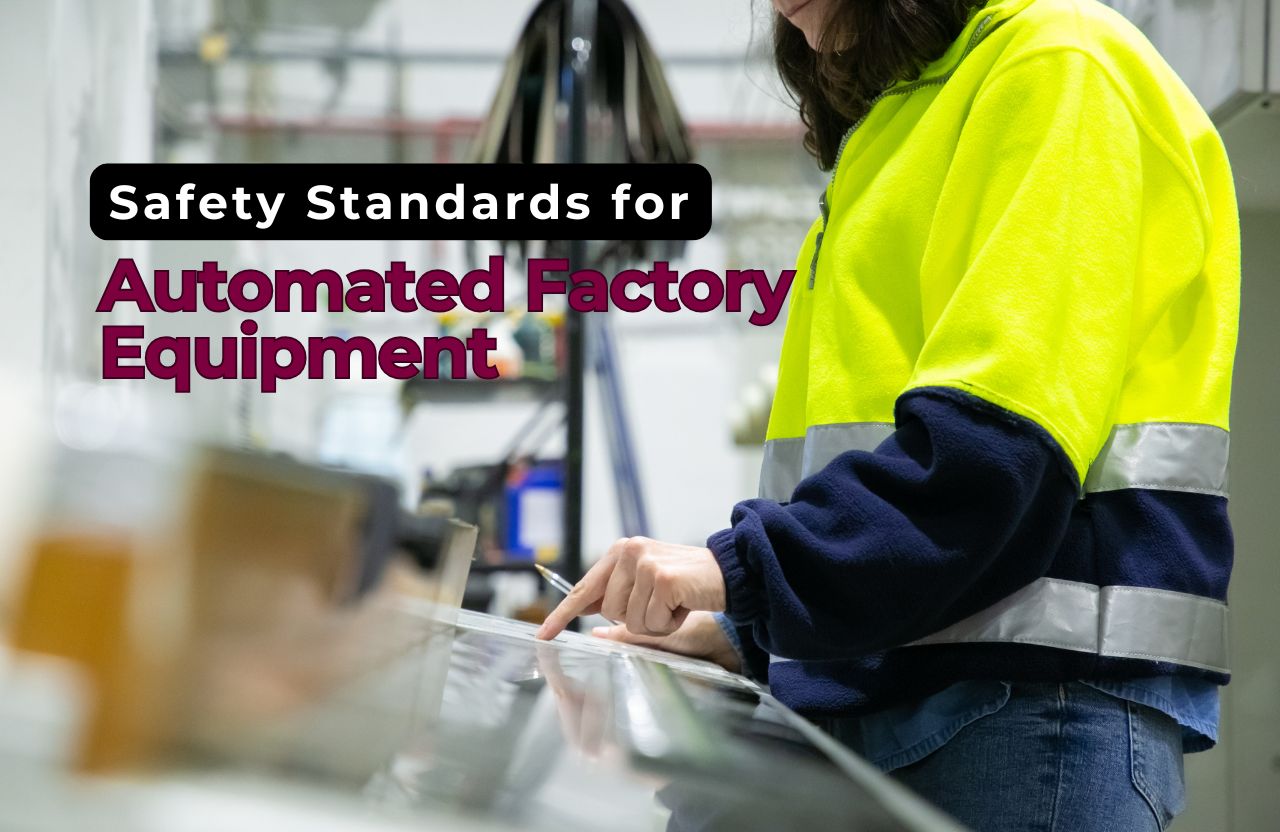Uncertainty has seemingly become a standard feature in today’s dynamic global market. Supply chain disruptions and fluctuating market demands aside, logistically affected sectors are always vulnerable to geopolitical tussles and other environmental disasters. The emergence of resilient logistics strategies cropped up for serious necessities so that businesses can have continuity in operations and move ahead to attain competitive advantage. Resilience in logistics ensures a business is able to quickly adapt to unexpected changes and recover from disruptions while keeping operations running as smoothly as possible. The article looks into how businesses can establish a strong logistics framework to prosper even in uncertainty.
Understanding the Value of Flexibility
Flexibility is a basic tenet in resilient logistics strategy. Businesses must design systems that can adapt promptly to changes in supply chain dynamics, transportation routes, and customer demands. For instance, having various suppliers of key materials means production is not held up if problems occur with a single one. Similarly, building relationships with various logistics service providers puts companies in a better position to shift gears quickly should an artery or service become inaccessible. The flexibility also includes leveraging technology, such as cloud-based logistics platforms, for real-time insight and the ability to make changes on the fly.
Risk Assessment and Management
Identifying potential risks and proactively addressing them is essential for resilience. Companies should regularly conduct comprehensive risk assessments to pinpoint vulnerabilities within their logistics networks. These assessments should consider factors like supplier reliability, geopolitical influences, and natural disaster probabilities. For instance, a business might find that a warehouse of theirs is located in a flood area and may thus take remedial action to relocate inventories or seek backup locations. With an understanding of these risks, companies can develop plans that mitigate the effects when such disruption finally occurs.
The Role of Technology in Building Resilience
The role of technology in improving the resilience of logistics strategies is important. Advanced tools such as AI, machine learning, and predictive analytics now let businesses predict any disruptions in advance and model or optimize operations. In these AI-driven systems, enormous volumes of data are analyzed for pattern recognition to forecast demands or possible bottlenecks within the supply chain network. Predictive analytics thus gives a business the ability to know when to prepare for high seasonal demand or truck driver strikes. Moreover, the use of IoT devices will allow real-time tracking of goods, which means much more transparency and speed in case of unexpected events.
Collaborate Across the Supply Chain
The next important factor in building resilient logistics is collaboration. A business should develop strong relationships with suppliers, carriers, and other supply chain stakeholders. Open communication and information sharing build a cohesive network that can work together to address challenges effectively. For example, if there is a surge in demand, close collaboration with suppliers and transport contractors will ensure that the development of inventory replenishment and efficient delivery schedules happens in a timely manner. The outcomes can even be innovative: shared warehouse spaces or combined routes that lower costs and further streamline the supply chain.
Investing in Workforce Training and Development
Investment in a properly trained workforce is very important to any successful resilient logistics strategy. Workers who enjoy the intricacies of supply chain management and are able to solve problems in an articulate way can give more appropriate responses to these shocks. There should be training programs to help workers in crisis management, technological utilization, and process optimization. Giving importance to employee power during decision-making in critical moments develops a proactive culture of resiliency. For example, a team that is trained in warehouse management and equipped with digital tools will be able to reroute shipments or adjust inventory levels when a supply chain disruption is detected.
Balancing Cost and Resilience
The building of resilience is thus crucial, but there must be a balance between cost and preparedness. Resources can be overextended in making contingency plans or providing redundant systems, while being underinvested leaves the business vulnerable. Companies should be strategic, investing only in areas that give them a very good return on investment. Instead of carrying a lot of safety stock for all products, for instance, a business can use data analytics to identify the most critical items and carry enough inventory for just those items. In that way, it can minimize costs yet still be in a position to respond to unexpected disruptions.
Cultivating a Culture of Continuous Improvement
Logistics resilience strategies need regular review and refinement. It is also important that businesses adopt a continuous improvement culture, whereby lessons from previous disruptions inform future strategies. Reviewing supply chain performance and stakeholders’ feedback is also helpful in identifying areas for improvement. In addition, updating on industry trends and emerging technologies helps businesses stay competitive. For example, the adoption of electric vehicles for last-mile delivery reduces environmental impact and also provides a hedge against increasing fuel costs, making the entire logistics framework resilient.
In a world marked by uncertainty, building resilient logistics strategies has ceased to be an option. Flexibility, use of technology, collaboration, and workforce development are the keys to sail confidently through disruptions. Cost consideration and preparedness in balance, besides a continuous improvement culture, will ultimately ensure success in the long run. Resilient logistics are not about surmounting every situation successfully but about rising to face each one with pride and turning every situation to one’s advantage in an ever-changing world.












